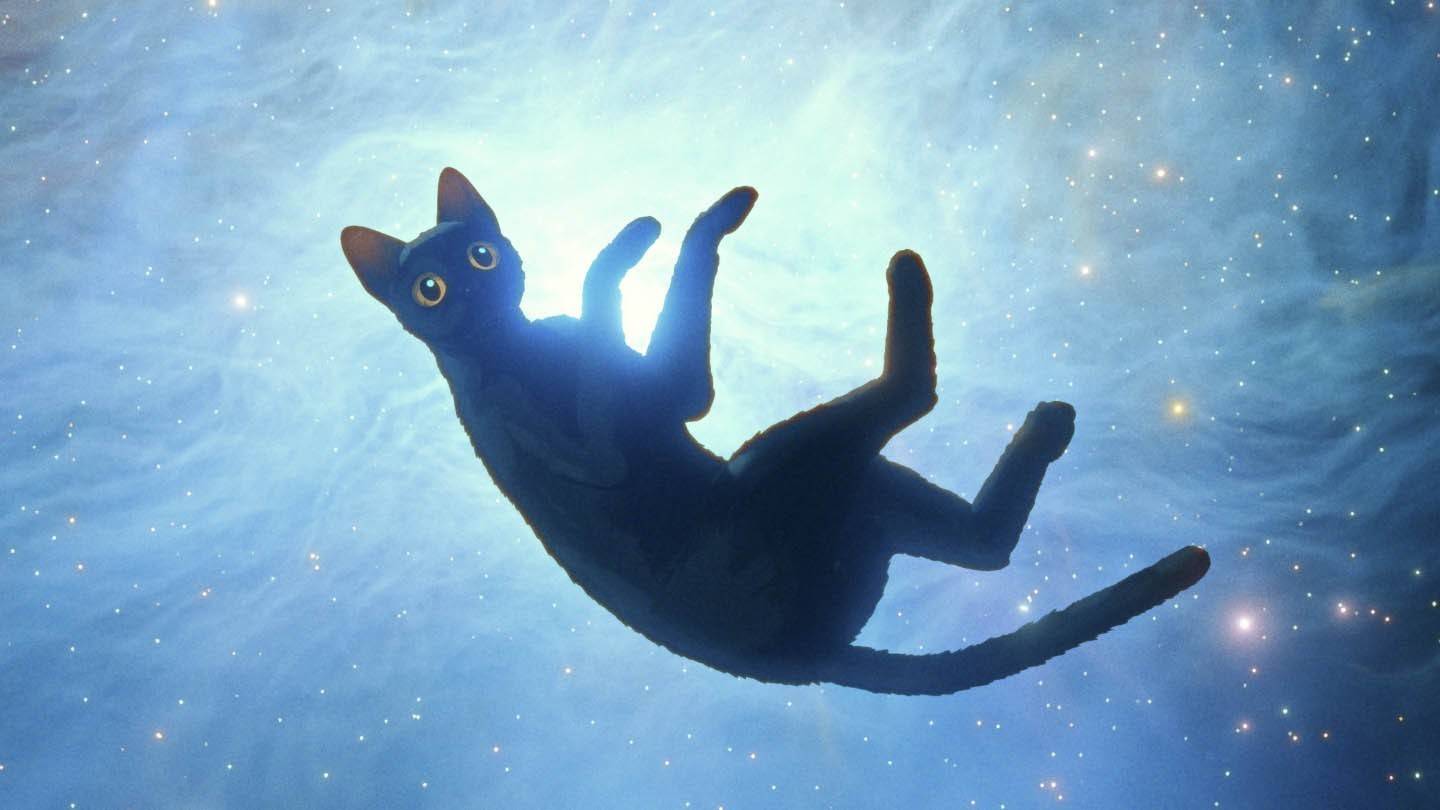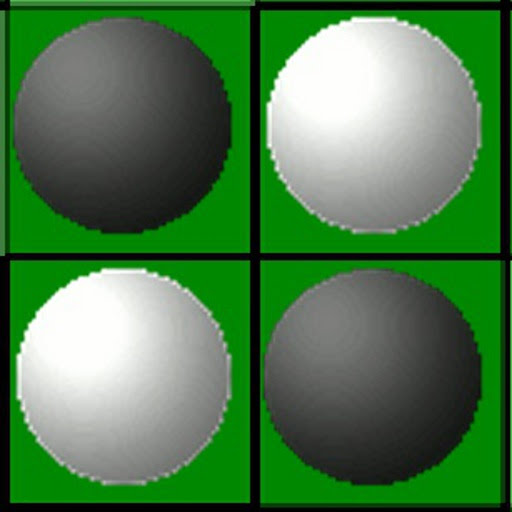The Latvian animated film Flow, directed by Gints Zilbalodis, has emerged as a standout cinematic triumph of 2024. This pioneering movie not only garnered over 20 international awards but also secured the Golden Globe and etched its name in history as the first Latvian production to win an Oscar for Best Animated Feature.
Set in a hauntingly beautiful post-apocalyptic world devoid of humans, Flow follows the journey of a resourceful cat navigating this new reality alongside other animal survivors as they face an impending global flood.
Table of Contents
- Here's what makes Flow so extraordinary
- The open-ended conclusion leaves viewers pondering multiple possibilities
- Recording authentic animal sounds presented unique challenges
 Image: ensigame.com
Image: ensigame.com
The Animals Mirror Human Behavior
At its core, Flow utilizes animals to delve into complex human characteristics and social dynamics. The cat symbolizes adaptability and resourcefulness, always alert and ready to adapt to changing circumstances. The capybara embodies balance and calmness, yet it also serves as a caution against complacency and indifference. The secretary bird epitomizes strong leadership, making tough decisions even when they are unpopular. The labradors represent youthful energy and the need for social connection, while the lemur critiques modern consumerism and materialism.
These characters weave a rich tapestry of personalities, offering lessons for children while resonating with familiar traits and behaviors for adults. Director Gints Zilbalodis drew parallels between his own experience in building a team for the project and the cat's journey of learning trust and collaboration.
The Story Sparks Childlike Imagination
Released during a period when global audiences were still grappling with the effects of a worldwide pandemic and political unrest, Flow strikes a chord with contemporary issues of survival, cooperation, and environmental challenges.
 Image: ensigame.com
Image: ensigame.com
Without dialogue or human characters, the film encourages viewers to interpret its multi-layered narrative. Early scenes featuring remnants of civilization, such as boats hanging from trees, hint at previous floods and possible evacuations. The director deliberately left these details ambiguous, inviting audiences to develop their own theories.
The mysterious secretary bird raises intriguing questions about perception and reality. Is it a divine manifestation, a hallucination born from stress, or a powerful leader emerging during a crisis?
The Open-Ended Conclusion Leaves Viewers Pondering Multiple Possibilities
- Will the main characters find new ways to coexist post-flood?
- How might their relationships evolve under such extreme conditions?
- What lessons about survival and community can we draw from their experiences?
This approach allows each viewer to find personal meaning in the story.
Unique Animation Style Looks Deceptively Simple
Flow's visual style breaks from traditional animation conventions, creating a distinctive aesthetic that enhances its storytelling. Inspired by watercolor techniques and video game design, the animation achieves a dreamlike quality that complements the film's themes. While initially distinct from mainstream styles, this approach immerses viewers deeper into the world of Flow.
Unlike blockbuster animations with sharp outlines and fast-paced editing, Flow's seamless transitions and extended shots completely engage audiences. These technical choices create moments of pure cinematic magic, such as when the camera follows characters through expansive landscapes without cuts.
No Words Needed
Flow proves that compelling storytelling doesn't require dialogue. Through expert use of body language, facial expressions, and natural soundscapes, the film effectively communicates emotions and relationships.
 Image: ensigame.com
Image: ensigame.com
Recording Authentic Animal Sounds Presented Unique Challenges
The lead cat required covert recording methods to capture natural vocalizations. Capybaras only vocalize during specific situations, like being tickled, leading to innovative solutions involving different species. Even common sounds had to be carefully crafted to match each character's personality.
Critical Acclaim and Recognition
Despite a modest $3.5 million budget—a fraction of competitors' resources—Flow received widespread praise from industry leaders. Guillermo del Toro called it "a visionary beginning for animation's future." Bill Hader declared it "the best film of 2024," despite his allergy to cats. Wes Anderson praised its "absolute uniqueness and wild excitement."
The film's success underscores how creative vision and innovative techniques can overcome financial limitations to achieve global artistic excellence.

 Image: ensigame.com
Image: ensigame.com Image: ensigame.com
Image: ensigame.com Image: ensigame.com
Image: ensigame.com LATEST ARTICLES
LATEST ARTICLES 












